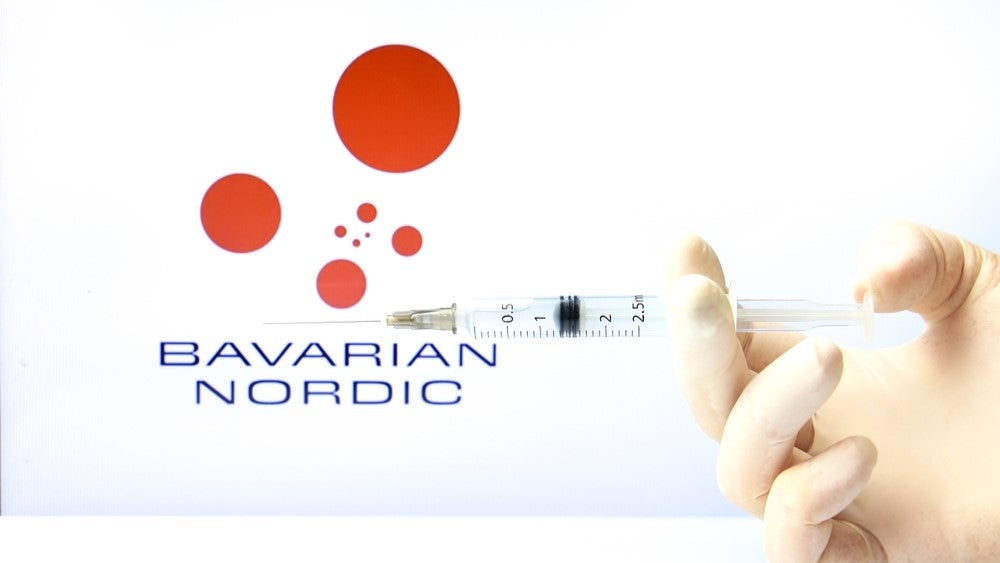
A new pre-clinical study by the Perelman School of Medicine at the University of Pennsylvania has shown the potential of a universal flu vaccine candidate in protecting against different strains.
When tested in mice, the vaccine is reported to have triggered a strong antibody response to the hemagglutinin (HA) stalk present on the surface of flu viruses.
Such protective responses against a conserved region are expected to offer broad protection against the virus, which evolves into new strains each season and causes numerous hospitalisations and deaths.
University of Pennsylvania Microbiology associate professor Scott Hensley said: “If it works in humans even half as well as it does in mice, then the sky’s the limit – it could be something that everyone uses in the future to protect themselves from the flu.”
Existing viral vaccines target the outermost ‘head’ portion of the HA protein. However, this region mutates rapidly and changes with each strain, thereby allowing the vaccines to deliver only temporary protection.
The researchers designed the new universal flu vaccine to target mRNA molecules encoding the HA protein. Inside the body, the vaccine is said to imitate an actual flu infection and stimulate a protective antibody response.
How well do you really know your competitors?
Access the most comprehensive Company Profiles on the market, powered by GlobalData. Save hours of research. Gain competitive edge.

Thank you!
Your download email will arrive shortly
Not ready to buy yet? Download a free sample
We are confident about the unique quality of our Company Profiles. However, we want you to make the most beneficial decision for your business, so we offer a free sample that you can download by submitting the below form
By GlobalDataThis response was also found to target the lower stalk region of the HA, which is known to not vary between the flu subtypes.
During the study, mice were given two injections of the mRNA-based universal flu vaccine, four weeks apart. A strong anti-stalk response was observed, and the antibody responses were retained through thirty weeks.
At the end of the study duration, the anti-stalk responses were found to be stronger than those recorded four weeks post-immunisation.
The researchers were also able to replicate these findings in ferrets and rabbits. They expect to begin clinical trials within two years, and noted that large-scale production of mRNA is simple.







